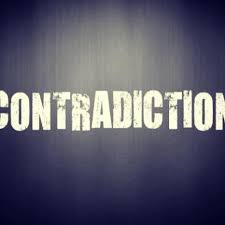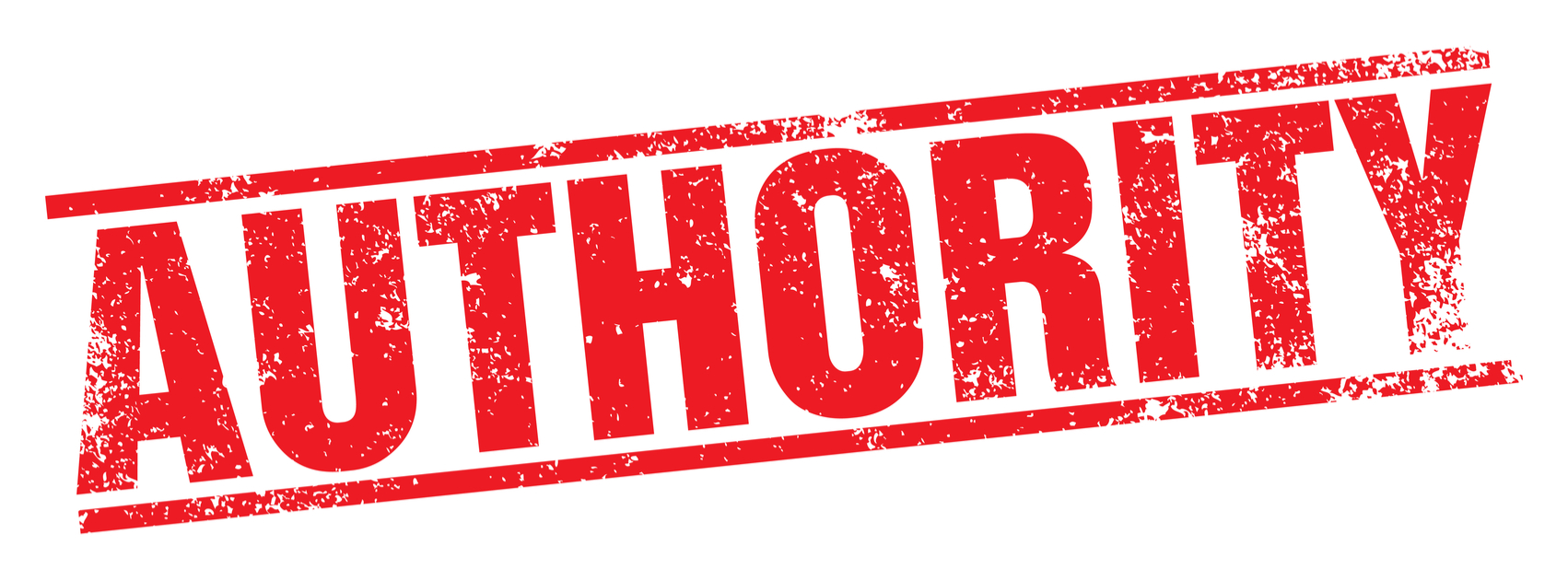
Let us begin with the prohibition of Melacha (Doing Work), מלאכה. The Gemara in Moed Katan says:
בבלי מועד קטן דף טו עמוד ב
אבל אסור בעשיית מלאכה,
דכתיב וְהָפַכְתִּי חַגֵּיכֶם לְאֵבֶל (עמוס ח:י)
מה חג אסור במלאכה, אף אבל אסור במלאכה.
Bavli, Moed Katan, 15b
A mourner is prohibited from work, as it is written ,
And I will transform your Holidays to mourning (Amos 8:10). Just as work is forbidden on the Holiday, so too a mourner may not work.
The gemara makes clear that melacha is prohibited and gives a Prophetic verse as a proof text; however, there is no reason given for this law, and the parameters of the prohibition remain unclear. This essay will address a potential reason for the prohibition of melacha, and the next installment will unpack some of the details.
There are three brief classic texts that serve as the basic understanding of why melacha ought to be forbidden. We will begin with a passage from the Ramban’s seminal work on mourning, Torah ha-Adam, that gives a simple reason for this prohibition.
רמב”ן, תורת האדם שער האבל – ענין האבלות (עמ’ קע, שעוועל)
…לא נאסרה אלא כדי שיתאבל על מתו ויתאונן על חטאיו
Ramban, Torat ha-Adam, Sha’ar ha-Avel, Inyan ha-Aveilut, bi-Melacha Keitzad (Page 170, Shavel ed.)
[Melacha] was only prohibited in order that he can mourn for the one who has passed and lament upon his sins.
As we mentioned before, there is a strain within Rabbinic theology that sees all loss and suffering as the result of punishment for sin. The Ramban here understands that the prohibition of melacha is meant to ensure that the mourner has the appropriate bandwidth to actually engage in the process of mourning.
Rabbi Mordechai Yaffeh, in his important code wrote:
לבוש יורה דעה סימן שפ סעיף ב
…עיקר טעם דאיסור מלאכה הוא כדי שלא יסיח דעתו מן האבלות
Levush, Yoreh Deah, 380:2
The essential reason for the prohibition of melacha is in order to not allow him to be distracted from the mourning.
The Levush here is trying to make sure that the mourner can focus and avoid distraction. This is a theme that we will see in many areas of the laws of mourning. Rabbi Yoel Sirkis, in his commentary on the Tur wrote:
ב”ח יורה דעה סימן שפ:ג ואפילו…
דעל ידי מלאכתו יהא טרוד ומתבטל מאבלותו וישכח רישו…
Bach, Yoreh Deah, 380:3 v’afilu
Through the engagement in melacha he will become overburdened and ignore his observance of mourning and forget his lowliness.
These three slightly different approaches to the reason for the prohibition of melacha are trying to communicate one core idea. The mourner is meant to be given both the physical and mental space to focus their attention on the emotional and religious experience of the loss.
The notion that the mourner deserves their own time to think seems like such an obvious goal that one wonders why it needs even to be stated. Part of the message of all of these specific Halakhot is that, while the goals of mourning are sometimes obvious and intuitive, how one quantifies particular behaviors to help evoke those experiences is not simple, obvious or identical for every person.
The Halakhic system gives directions and sets up limitations in many areas of our lives. I feel fundamentally claimed by the external authority of Halakha. And, at the very same time, I seek to make meaning out of the complex network of details that drive the Halakhic life. It is often the case that at a time of loss people crave rules. The rabbinic system can offer a great comfort to people who may feel that they have lost their way. The laws of Aveilut are an area of Halakha in which the meaning and explanations of the particular details often reflect a wider concern or value.
In our next installment, we will address one particular detail about the nature of the prohibition of melacha.









